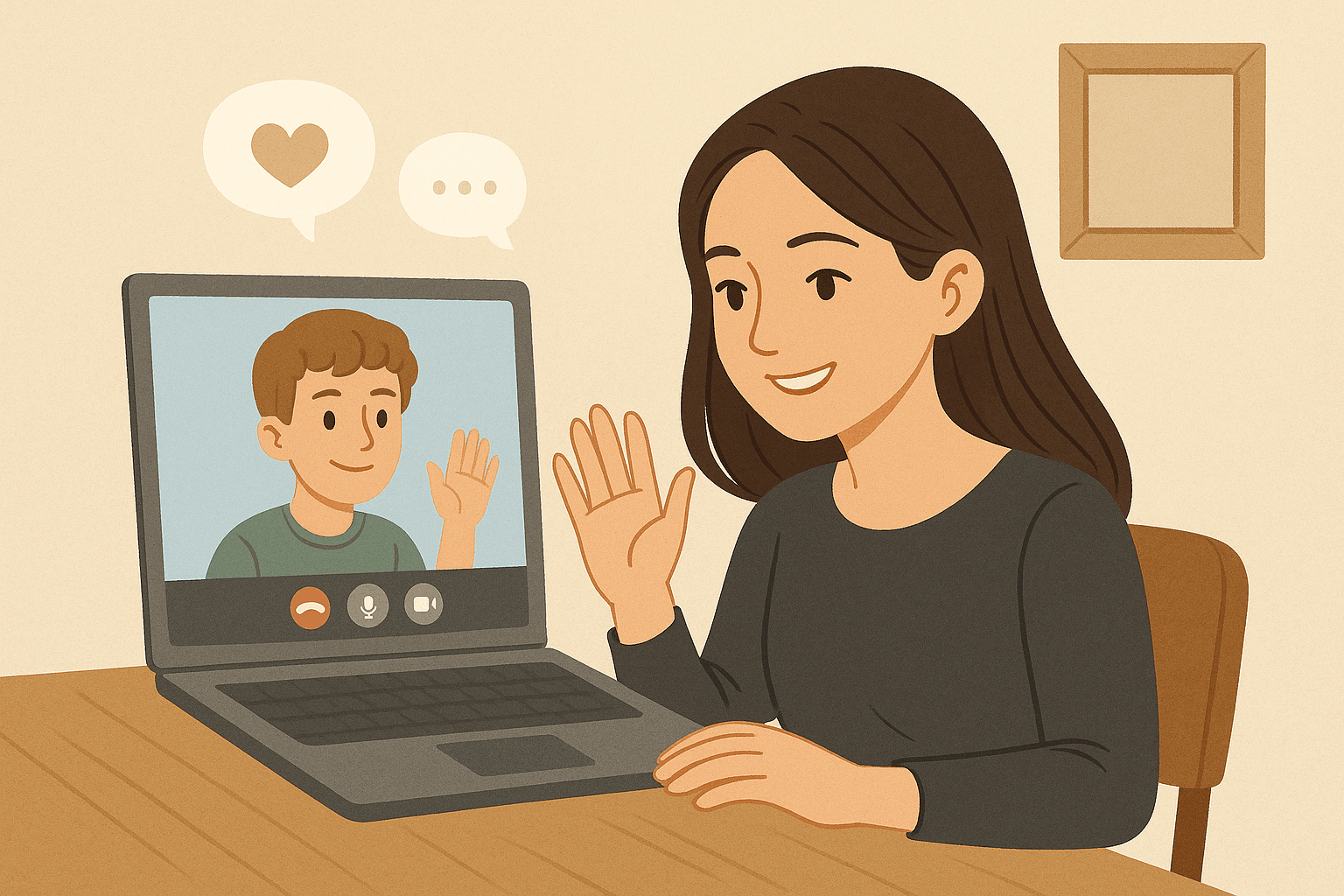Digital technologies and the internet have become enmeshed within the structures of our society. When humans interact with them, our physical, emotion, social and financial wellbeing is impacted upon in both positive and negative ways.
Our online behaviours and interactions affect how we think and feel, and this can affect our offline behaviours, interactions and relationships too.
‘Digital wellbeing’ describes the optimal balance between the benefits, risks and drawbacks associated with participations in our increasingly digital society. We experience digital wellbeing when the technology we use enhances our lives and supports our intentions without significant detriment to our safety. relationships, health or quality of life.
Access to the internet has become a basic and essential requirement for education, organisation and meaningful participation in society (cue the birth of the dreaded FOMO). This requirement to access the internet was catapulted into a necessity when the Covid-19 pandemic resulted in global lockdown. Individuals, companies and governments had to solely rely on the internet to maintain some form of normality. Now that the pandemic is largely over, many have kept their online presence, finding it had a positive outcome for themselves. For example, many companies that usually would have an office, adapted to allow their employees to work from home remotely – and many have maintained this option because it saved the company money not having to rent an office space, and allowed for more flexible remote working for the employees.
No matter what your situation, location or abilities, access to the internet is fundamental. Banking, taxi services, ordering food, communicating with friends and making new friends in online communities, shopping and many more activities can all be done online. So, for individual’s with a disability, the internet may have a significant or added importance in enabling them to lead a fulfilling and healthy life.
This is where digital wellbeing comes in.
With such an endless universe of possibilities online, it is very easy for an individual’s digital consumption to become imbalanced and negative impacts start to show. Too much time scrolling on social media and not enough time spent with friends and family face to face may cause social isolation and this may cause mental health issues such as anxiety and depression. Too much time spent playing computer games may eat into the time you should be sleeping or doing your job or school work resulting in sleep deprivation and getting behind on work or school.
If an individual with a disability or learning difficulty is accessing the internet, digital wellbeing should be taken into account by their professional team and family. To reduce the likelihood of digital isolation, negative impacts on mental health and their offline behaviours and to maximise independence and digital safety, education about digital wellbeing should be an ongoing consideration and priority.
To optimise your digital wellbeing, here are some tips to get you started:
- Monitor your screen time. Many devices these days have a built in timers that show you how much time you are spending on your devices and what apps you are using. If you find yourself wasting time online and not really doing anything useful (whilst other tasks mount up) maybe restrict your screen time to a certain time in the day or a certain amount of time spent on the device to make sure you prioritise what’s important.
- Does this website/app/device spark joy? When using a website, say Instagram, does it leave you feeling positive? Are you inspired and receiving enjoyment and fulfilment when using it? Or does it make you feel negatively about your own life and circumstances? Ask yourself these questions about all the websites you frequently visit and answer honestly. If a particular website doesn’t bring you joy and enhance your life in some way (no matter how small) then maybe rethink engaging with it so often and see if your digital wellbeing improves.
- Bedtime curfews and digital free meal times. Find times in the day where you are strict and put your devices down. a 9pm device curfew gives you time to settle down with out a screen which is known to improve sleep. Prioritise real life relationships and be more mindful when you sit down for dinner with friends or family by keeping your phone off the table.
These are just a few ideas to get you started.
Here at Access: Technology we recognise the importance of digital wellbeing. We are a company offering technical solutions to improve the lives of individual’s with disabilities and learning difficulties. Therefore, we have a duty of care to make sure our clients and their teams are educated about using technology and the internet in a safe way whereby it enhances their lives and increases their independence.
We do this by carrying out Digital Wellbeing Assessments and running intervention courses for our clients. These reports are to support the client and their team and get them to consider and discuss issues surrounding capacity, the current and potential risk factors associated with the client’s individual needs, access and online behaviours. The goal of the reports is to foster a conversation and culture that maximises the client’s access to the internet and online participation, whilst minimising risk where possible.
Unfortunately accessing the internet is never without potential risk, but best practice involves educating ourselves and others on how to access it safely so it can improve our lives.
Ready to explore how assistive technology can help?
Our team of experts is here to provide personalised advice and solutions.
Contact us today for a friendly, no-obligation discussion about your needs.
Get in Touch


